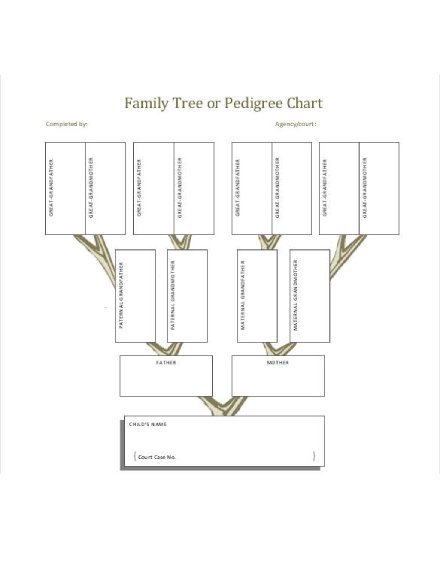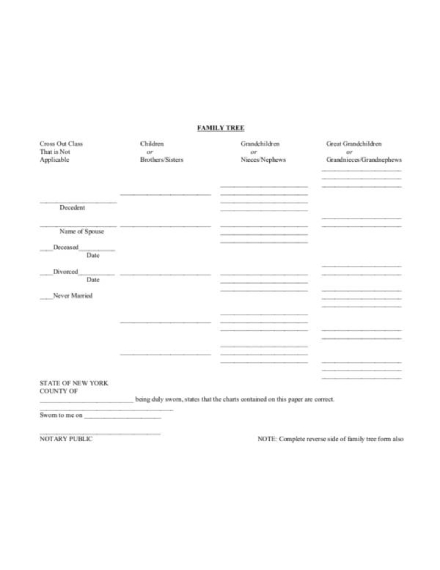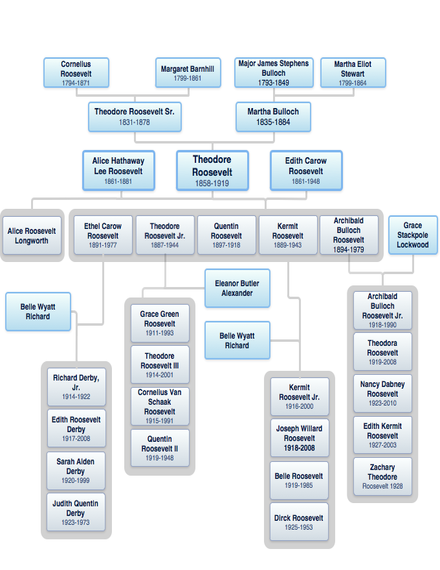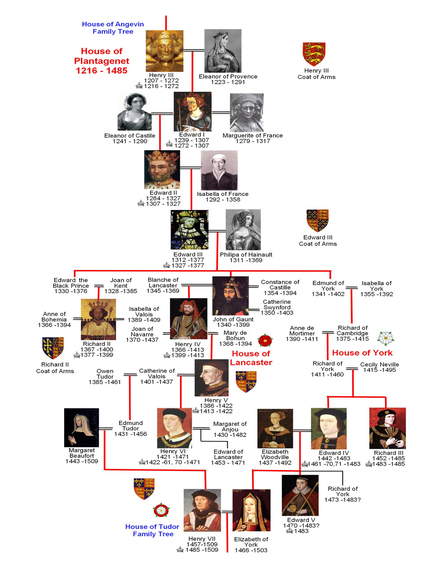24+ Family Tree Examples to Download
Whether you are doing it for a school project or are just curious to find out who your ancestors were, creating a family tree can be a challenge. Ancestry is a lot more complicated, especially when no one bothered to keep track of it. Generations worth of family history are often unrecorded, which can be very unfortunate during certain situations.
24+ Family Tree Templates
1. 4-Generation Family Tree Organization Chart
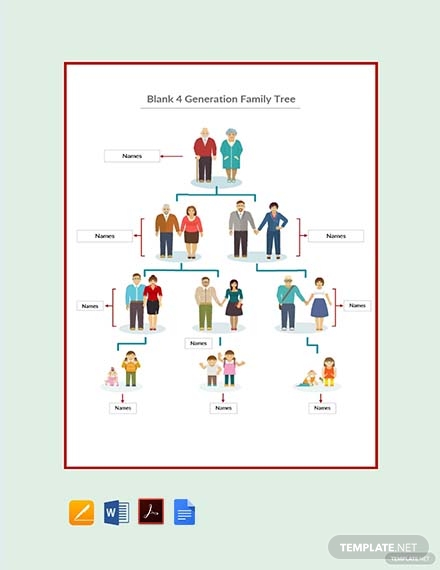
2. 7-Generation Family Tree Organization Chart

3. Blended Family Tree Organization Chart
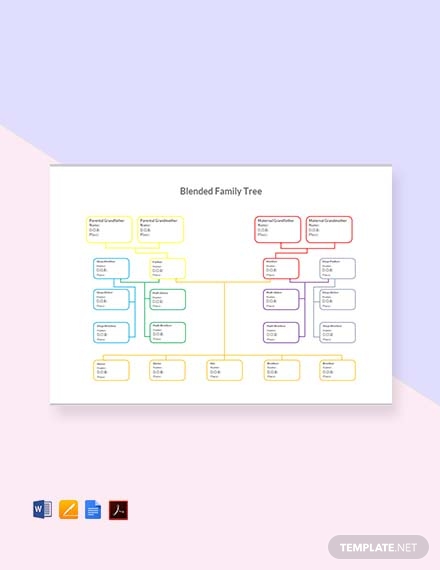
4. Blank Simple Family Tree Organization Chart
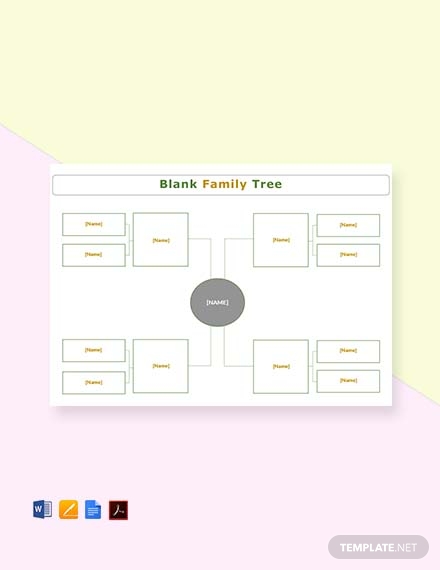
5. 9-Generation Family Tree Organization Chart
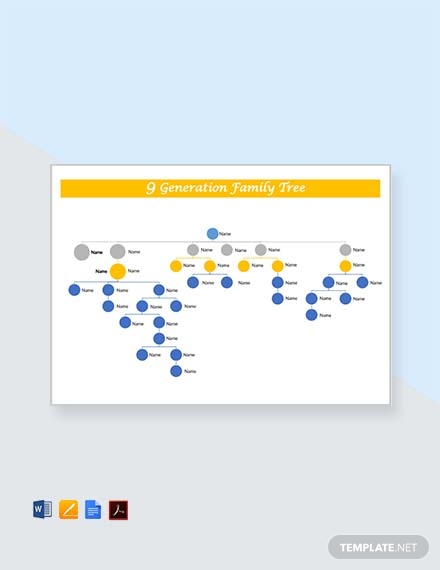
6. 3-Generation Genogram Chart
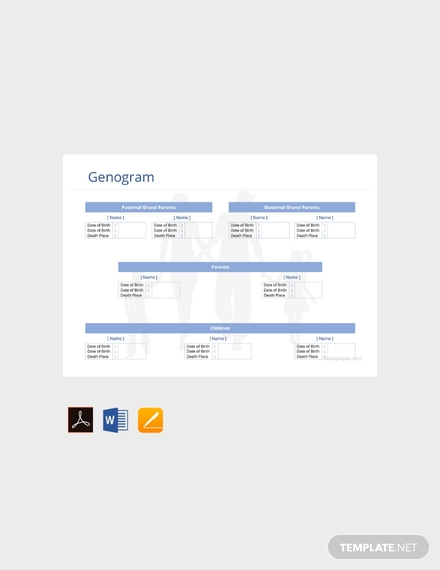
7. Third Generation Family Chart

8. Extended Family Tree Chart for Kids
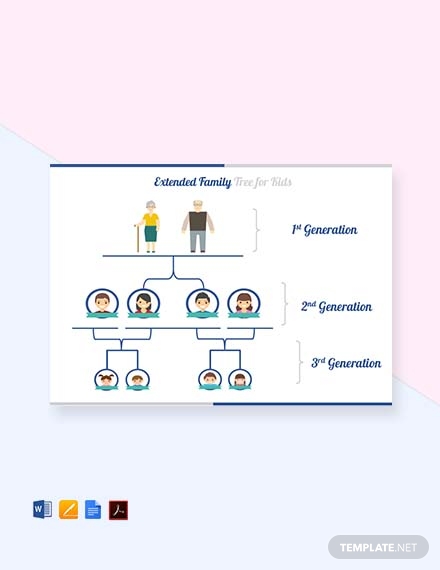
9. Free Large Family Tree Template
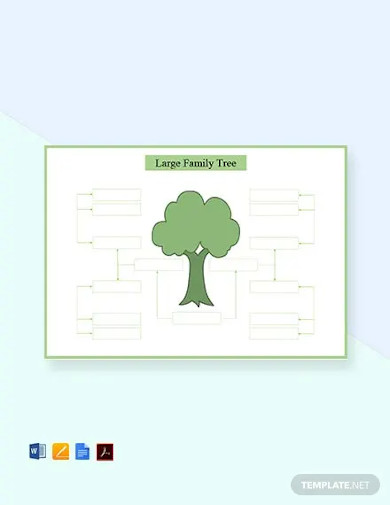
10. Free Inversed Family Tree Template
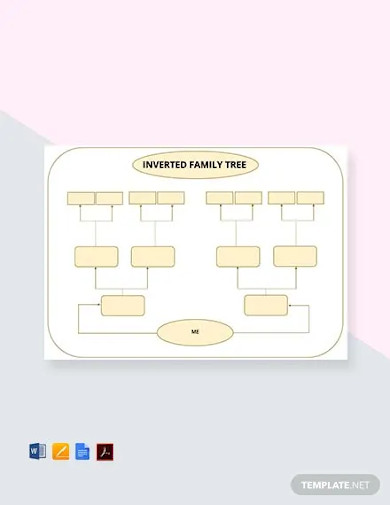
11. Large Family Tree Slider
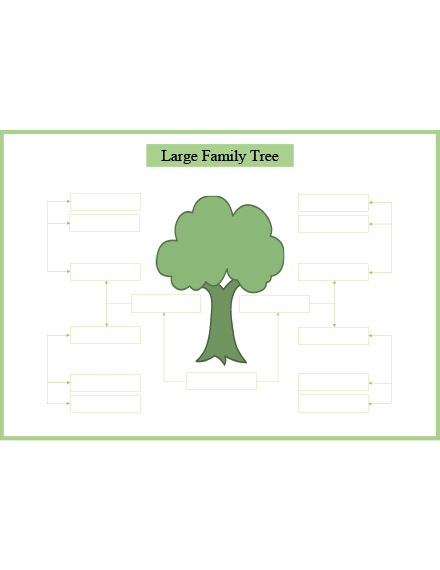
12. Printable Family Tree for Kids
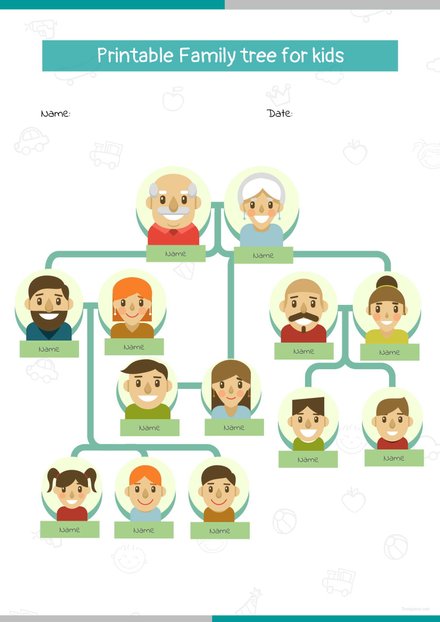
13. Reunion Family Tree Template Slider
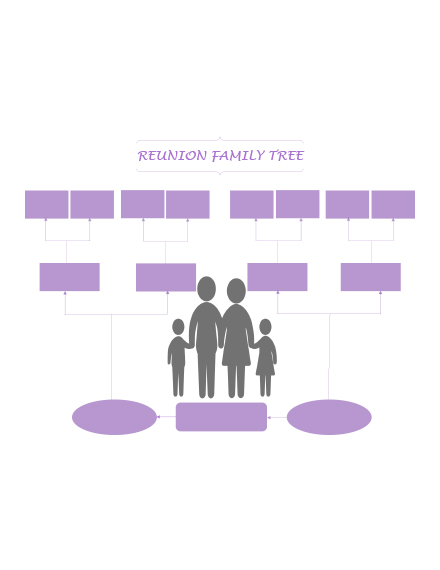
14. Family Reunion Tree Template for Kids

15. 3-Generation Kid Family Tree
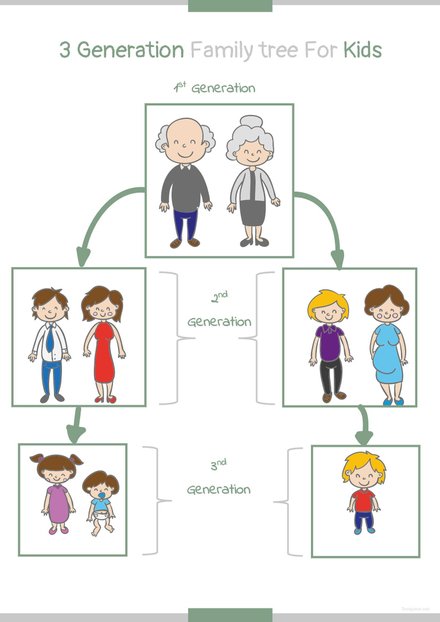
16. Family Tree Template with Siblings
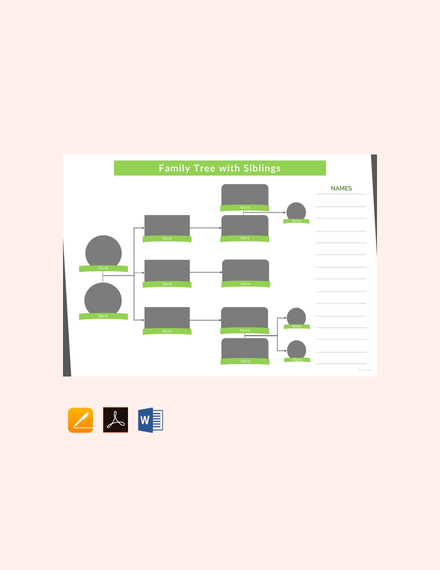
17. Sticky Notes Family Tree Template

18. Modern Family Tree Template
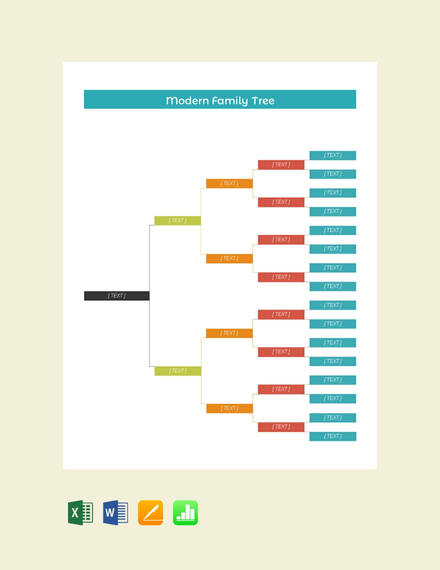
19. Family Relationships Tree Template
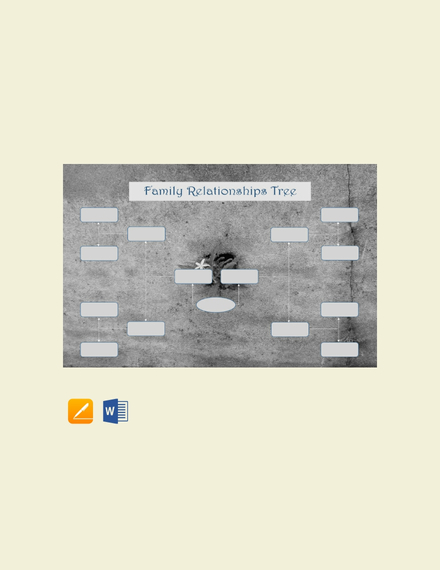
20. Dead Family Tree Template

21. Family Tree or Pedigree Chart
22. Immediate Family Tree
23. Jesus’s Family Tree
24. Theodore Roosevelt Family Tree
25. Plantagenet Family Tree
What is a Family Tree?
A family tree is a drawing that outlines and labels members of a family, starting from the elders up until the kids. With it, you can give details on who is part of your family and organized similarly to a diagram. The number of generations featured depends on much room there is for the design. Typically the longest ones would show five generations unless you have a much longer template to work with.
How to Design a Family Tree
As shown in a study by Statista, a lot of people do genetic testing to learn more about their family’s medical history or discover more about their ancestors. You can go for this method if you would like to take your research about your genealogy further. But if you want to stick to just creating a family tree, here are some ideas on how you can have an easy time making one.
1. Gather Immediate Information
Search for birth certificates, wedding certificates, journals, and other sources of information about your immediate family. These records can help you gather vital information about your family that may help make your chart. It’s best to start with your inner circle, or your closest family members, before moving to your relatives and ancestors.
2. Ask Your Family
To gain more information, you can ask other relatives about what they know about your family members. You can start with those who passed away before you had the opportunity to meet them. If you as nicely they might even supply you with old photos, letters, or documents relating to your ancestors.
3. Take Notes
Fill in everything you have obtained during your research. Make it a habit to take down notes whenever necessary. You can use a pen and paper or a computer to keep records in an orderly manner. That way, you can point out patterns and areas that require a more in-depth look into it. This can serve as an outline for your family tree, which you can develop even further in the succeeding steps.
4. Organize Your Information
Once you have gathered every information you need, it is time to present them in a coherent way. Take a look at flowcharts and diagrams to help you arrange the information you learn. Use distinct lines and labels when marking each family member. Indicate who married into the family, adopted, and who are biologically related.
FAQs
What is a family tree used for?
Creating a family tree can help you track down your relatives from different places. This allows you to find the answers to a few personal or medical questions that could be clouding your mind. This will enable you to make crucial decisions based on data from your family history.
Is it difficult to make a family tree?
This would depend on the amount of information you have to work with. It can be a challenge if you come from a tiny family or a new family who lost ties to the old generation. However, if you come from a big close family, then it is easy for you to learn about your genealogy.
Are there any famous family trees?
There are a lot of popular family trees where every member is within the public’s knowledge. This includes fictional families such as the greek gods from mythology to real ones like the royal family.
Learning about who is a part of your family can help you understand more about yourself. Not only in a personal way but in a biological way as well. A family tree can help determine if you are a part of a family that has a history of certain medical conditions and such. That is why your information must be accurate when tracing your genealogy.



